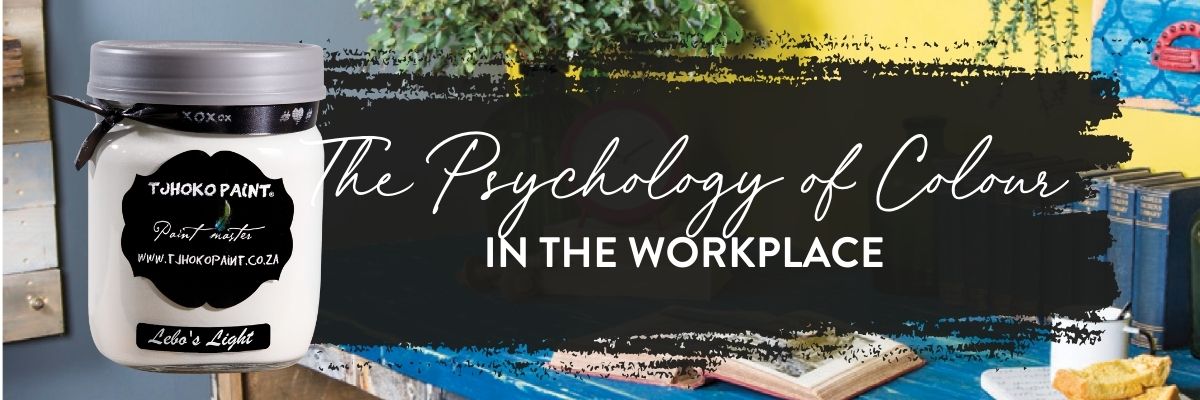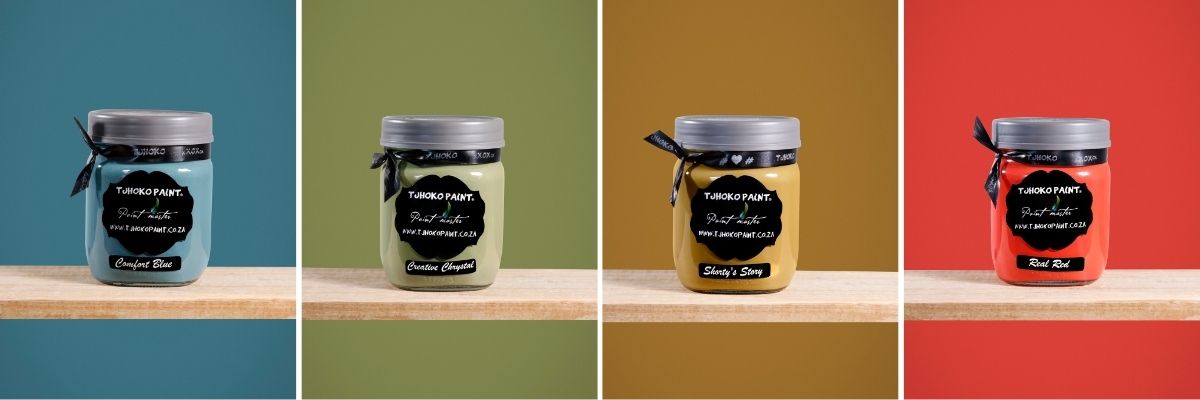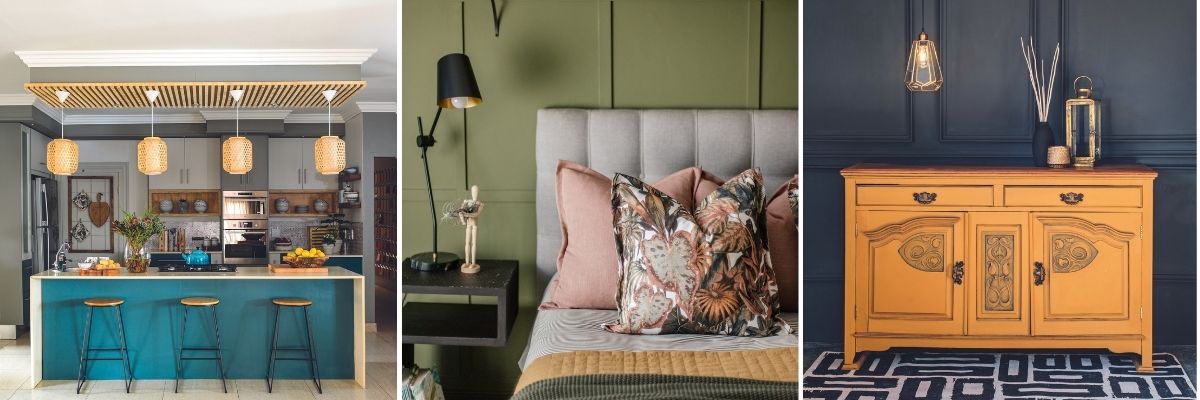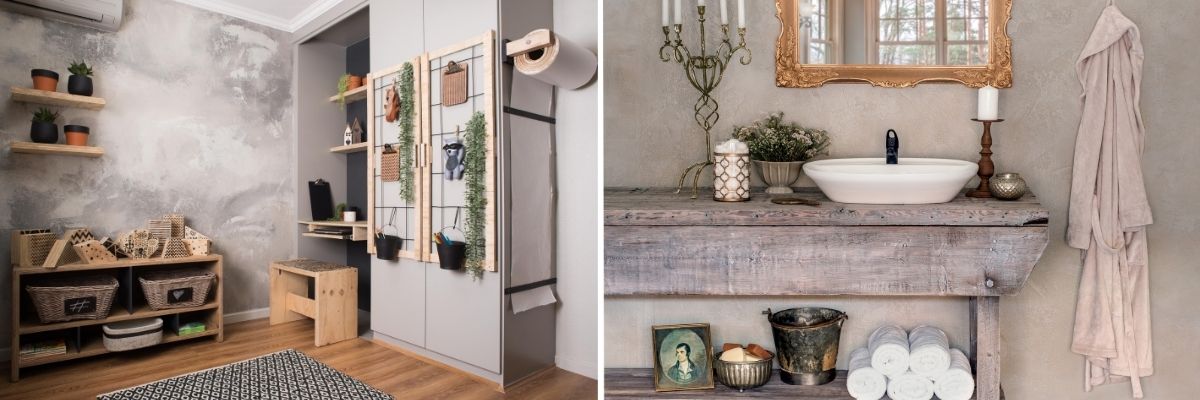
Choosing the right colours for a workplace isn’t just a matter of aesthetics. It’s a decision that can have a significant impact on the productivity, mood, and overall well-being of those who work there. Different colours can elicit a wide range of psychological and emotional responses, making it essential to consider the type of work being done and the individuals’ preferences and sensitivities in the space. Here, we delve into the effects of specific colours on the workplace atmosphere.
Blue: The Colour of Productivity
Blue is often associated with productivity and concentration. Its calming and soothing effects can reduce stress and foster focus, making it particularly beneficial for tasks requiring sustained attention like writing, analysis, and problem-solving. Blue’s versatility allows it to be paired with other colours to create different environments, from tranquil spaces with green or grey to vibrant atmospheres with yellow or orange.
Interestingly, blue has positive impacts on physical health as well. Studies have shown that exposure to blue light can regulate sleep patterns and improve sleep quality. It’s even used in the treatment of seasonal affective disorder (SAD), a type of depression that occurs during winter months due to reduced natural sunlight. So, incorporating blue into your environment can lead to improved mental and physical well-being.

Green: The Colour of Creativity
Green is known to positively impact mood and creativity. Associated with nature, it creates a sense of balance and harmony conducive to creative thinking and brainstorming. It’s restful for the eyes, making it a good choice for workplaces involving a lot of screen time.
In interior design, green serves as a versatile accent color or a main color. It pairs well with earthy tones like brown and beige, as well as brighter colours like yellow or pink. By incorporating green into your surroundings, you can foster tranquility and stimulate creativity.
Yellow: The Colour of Positivity
Yellow, a bright and energetic colour, promotes optimism and well-being. It’s often associated with positivity and can stimulate creativity and innovation. However, an overabundance of yellow can be overwhelming, so it’s best used as an accent color.
Yellow is a popular choice in home decor, branding, and advertising, as it can grab attention and convey cheerfulness. When used appropriately, it can bring warmth and happiness to any setting.

Red: The Colour of Energy
Red is a powerful and stimulating colour that can increase heart rate and blood flow. It’s associated with energy and passion, making it suitable for environments requiring physical activity or high-energy tasks. However, too much red can lead to stress or aggression, so it should be used sparingly and strategically.
Red is a classic fashion colour that conveys various moods and styles. When used in design or decor, it can create visual interest and energy without overwhelming the space. Overall, red is a versatile and dynamic colour that can bring personality to any space.
White: The Colour of Simplicity
White is often associated with cleanliness, simplicity, and spaciousness. It can make a space feel larger and airier but can also feel sterile if overused. Thus, it’s essential to balance it with other colours and elements to create a comfortable and inviting work environment.
White is versatile and can be used in various ways to create different atmospheres. It can help to create a clean, polished look in a professional setting and showcase other colors in the workspace. By incorporating different textures and materials with white, you can create depth and visual interest in the space.

Neutral Colours: The Colours of Stability
Neutral colours like gray, beige, and taupe are versatile and can create a sense of calm and stability. They can provide a backdrop for other, more vibrant colours, helping to create a cohesive and professional atmosphere. Whether you’re looking to create a cozy living room or a sleek office space, neutrals can help achieve your design goals.
Ultimately, the colours in a workspace can influence productivity, creativity, and mood. The key is to understand the psychological effects of these colours and use them strategically to create an environment that fosters well-being and productivity.




